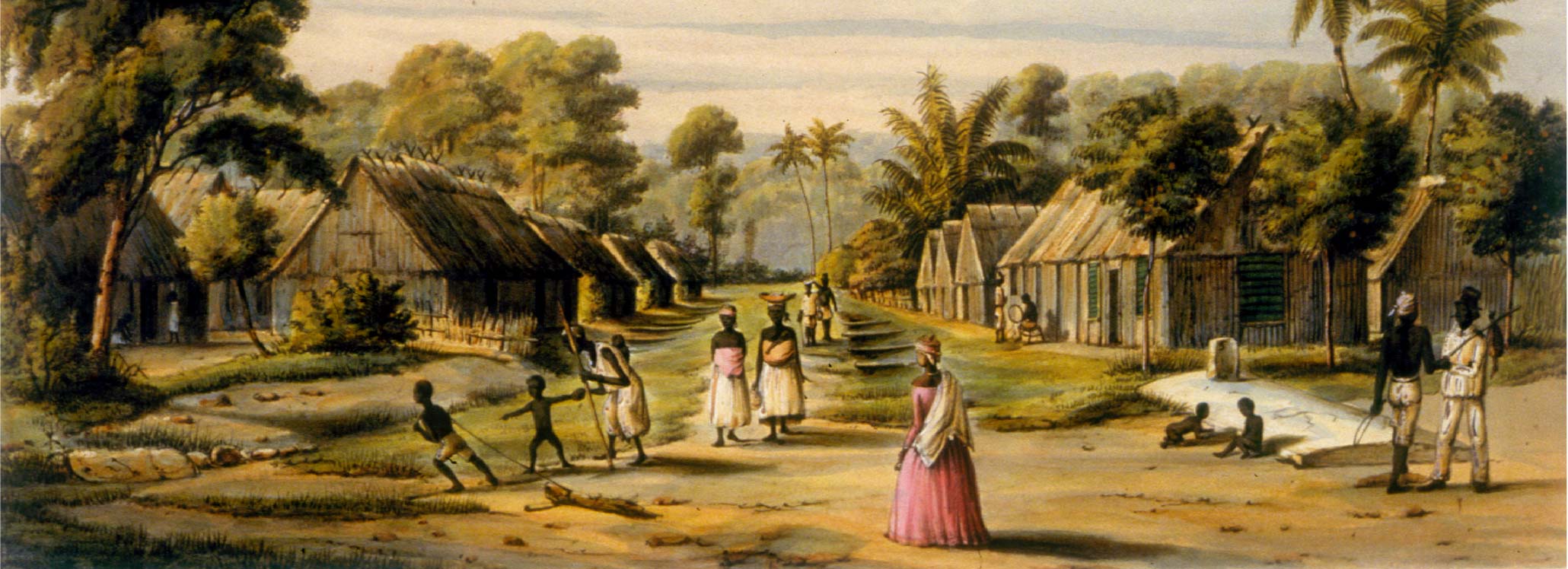Domingos Álvares, intellectual and healer, who was born around 1710 in the Mahi region of modern-day Benin in a Vodou community. In the 1720s, Álvares witnessed the rise of the Dahomean Empire and the displacement of refugees and the death of many, including his parents. In the wake of their deaths, Álvares took over their positions in the Vodou community and garnered a large following as he developed a deep knowledge of medicines and spirit possession. His large following threatened the Dahomean King Agaja who ordered Álvares be captured and sold to Atlantic slave traders and taken to northeastern Brazil.
Upon arrival in Brazil, Álvares began working on a sugar plantation. Álvares refused to work as a cane cutter, instead returning to his work as a healer. His master refused to allow him to forgo his work in favor of his healing practices and Álvares allegedly poisoned him and his family. Álvares was jailed for this crime and eventually sold south in Rio de Janeiro. He arrived in Rio already well-known for his healing skills. Eventually, a merchant purchased Álvares as an investment and allowed him to set up a permanent healing practice. Shortly after the establishment of this practice, local priests raided his facility and chased off Álvares’ followers. Álvares himself was not present when the attack took place and went on the run when news of the attack reached him. Although on the run, Álvares opened more healing centers and established a small community of Vodou initiates comprised mainly of Africans from the Bight of Benin.
In 1742, Catholic authorities finally arrested Álvares and sent him to Lisbon where he was tried by the Portuguese Inquisition for witchcraft. Although interrogators attempted to get Álvares to admit to agreeing to entering into a pact with the devil, he refused to admit this and explained in great detail the nature of his work during the two years of his investigation. Álvares insisted that he never departed from the tenets of Roman Catholicism but the inquisitors refused to accept his explanations and he was tortured on the rack. In 1744, he was forced to march to Lisbon’s main public square and make a public confession, at which point he was punished by whipping and banished for life to Castro Marim, Portugal.
Álvares went to Castro Marim but ultimately abandoned the terms of his banishment and went on the run, working multiple jobs during this time to make ends meet. He was eventually captured by agents of the Inquisition in 1747 and held in inquisitorial jails for many years before being tried in 1749. At this time, he was exiled again and disappears from the historical record.
Bibliography
Sweet, James H.. "Álvares, Domingos." Dictionary of Caribbean and Afro-Latin American Biography , edited by Ed. Franklin W. Knight. , edited by and Henry Louis Gates Jr.. . Oxford African American Studies Center, http://www.oxfordaasc.com/article/opr/t456/e61 (accessed Thu Sep 05 11:04:25 EDT 2019).
Sweet, James H. Domingos Álvares, African Healing, and the Intellectual History of the Atlantic World. Chapel Hill: University of North Carolina Press, 2011.
Sweet, James H. “Mistaken Identities? Olaudah Equiano, Domingos Álvares, and the Methodological Challenges of Studying the African Diaspora.” American Historical Review 114 (2009): 279–306.
Author
James H. Sweet
Adapted by
Elizabeth Timbs and David Glovsky
Contributing Institutions
Hutchins Center for African & African American Research, Harvard University, Cambridge, MA.
Oxford University Press (USA) African American Studies Center.






